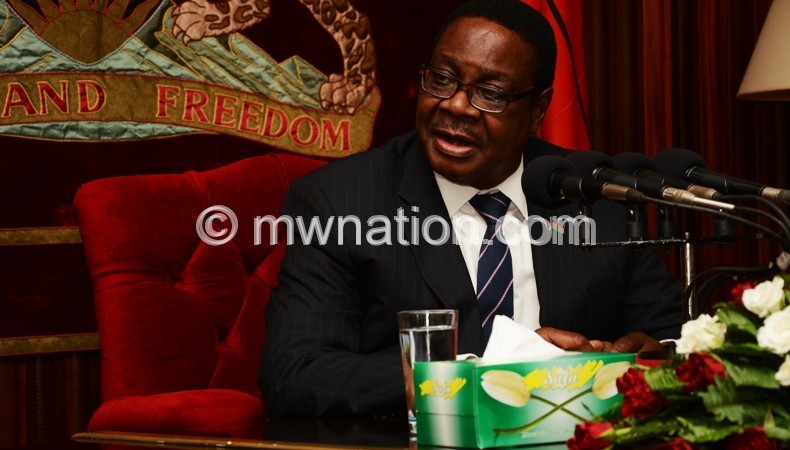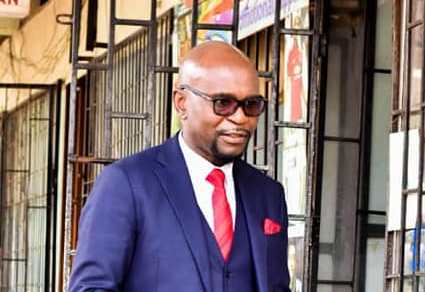Changes in PSs structure
Government has, effective Thursday this week, abolished the positions of second or third principal secretaries (PSs) and they will now be known as chief directors.
However, the changes will not translate into savings to the taxpayer in the meantime as the chief directors will continue to get their benefits of 500 litres of fuel and a monthly salary of over K600 000.
The bloated number of PSs has been cited as one of the major causes of public service inefficiencies and a drain on public resources.
The development is part of the Public Service Reform Programme which the administration of President Peter Mutharika started formulating when the Democratic Progressive Party (DPP) came into power in May last year.
Chief Secretary to the Government, George Mkondiwa, held a meeting on Thursday with all principal secretaries where they were informed of the changes with immediate effect.
According to a source who attended the meeting, the structural changes are meant to bring sanity to the public service system and streamline positions as part of the objective of the reforms to reduce the number of PSs from the previous 96 to at least 40.
The move will also reduce squabbles within ministries as some PSs who felt they wielded more power than others used to make unilateral decisions with very little accountability measures.
However, the PSs will continue to work on the same salary and benefits until the system is fully implemented during the next financial year.
Mkondiwa confirmed the development in an interview with Weekend Nation that the changes would be effected with immediate effect.
“Those who were calling themselves PS2 and PS3 will now be called chief directors. For instance, in the Ministry of Energy, we had a Secretary for Natural Resource, PS for Energy and a PS for Mining and Environmental Affairs. But what we have done now is that we are going to have a Secretary for Natural Resources and Mining then chief director (Energy) and chief director (Environment),” he said.
In the Ministry of Education, there will be a Secretary for Education then chief director (Higher Education) then chief director (Basic Education) while the Ministry of Health will have chief director (Administration) and chief director (Health Services).
“The controlling officer is the one who will be called the principal secretary. So, you will not have a situation where one ministry has a thousand PSs because it is structurally wrong. For the time being, these will continue getting their perks at the PS level but eventually when we continue reviewing the system there is going to be a difference between the PS and chief director in terms of packages,” he said.
When the review comes to a conclusion, Mkondiwa said with the retirement and resignation of some PSs, vacancies will start to open up for chief directors to be promoted to PS level.
“This is a stop-gap measure. Ideally we should have one PS and then others should be technical directors but because we already have these people at PS level we need to find a way, under the reforms programme, to enhance productivity by appointing somebody to be in charge of a ministry not three people being in charge,” the Chief Secretary explained.
Before this development, Ministry of Labour had two PSs, one of whom was the Secretary for Labour Patrick Kabambe and the other, PS II, who was Olive Chikankheni; Ministry of Information had three PSs—Secretary for Information, Tourism and Culture who was Chimwemwe Banda then PS for Tourism and Culture then PS for E-Government.
The Ministry of Trade and Industry, Ministry of Lands, Housing and Urban Development and Ministry of Transport and Public Works, Ministry of Local Government and Rural Development and Ministry of Youth and Sports Development had two PSs each while the Ministry of Home Affairs and Internal Security had three PSs, including one for National Registration Bureau.





